A motor starter is a device that safely starts, stops, and protects electric motors from damage. In simple words, it controls the flow of electricity to motors, especially during the startup phase when motors draw extra power. Whether you’re an engineer working in industrial automation, a DIY enthusiast setting up a home workshop, or a student researching industrial equipment, understanding motor starters is essential. In this guide, you’ll also learn about related topics such as Cutler Hammer Motor Starters, Square D Motor Starters, and Electric Motor Starters.
Why Are Motor Starters Important?
Motor starters are crucial because they:
- Protect Motors from Overload: They prevent excessive current during start-up that could damage your motor.
- Enable Remote and Automated Control: They allow smooth starting and stopping, often remotely, ensuring safe operation.
- Improve Safety in Industrial and Commercial Setups: By managing the power supply effectively, motor starters help reduce operational hazards and extend equipment life.
These benefits make motor starters popular in various applications – from industrial plants to DIY projects.
Types of Motor Starters
There are several types of motor starters designed for different applications. Each has its own advantages and use cases. Here’s a detailed breakdown:
Manual Motor Starters
Manual motor starters are operated by hand. They are simple, cost-effective, and suited for small motors such as those in HVAC systems or water pumps. The user physically activates the starter to begin the motor operation.
Internal Link Example:
For more details on specialized motor starters, check out our guide on Electric Motor Starters.
Magnetic Motor Starters
Magnetic motor starters use an electromagnetic coil to control the starting of the motor. They are ideal for industrial applications where remote control is crucial. With built-in overload protection and safety features, these starters are commonly employed in factories and large machinery setups.
Combination Starters
Combination motor starters integrate both manual and automatic control along with a disconnect switch. They save space and simplify wiring, making them ideal for large, high-power motors. Their all-in-one design ensures both safety and ease of installation.
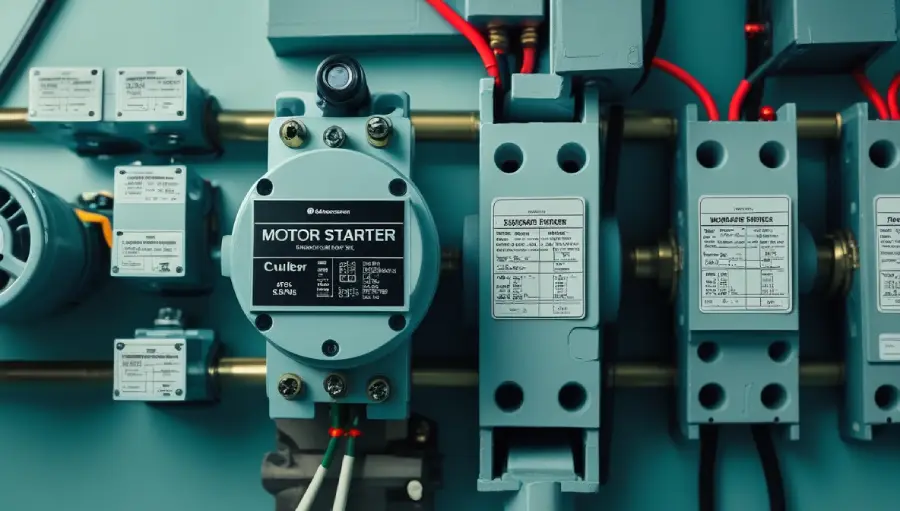
3-Phase Motor Starters
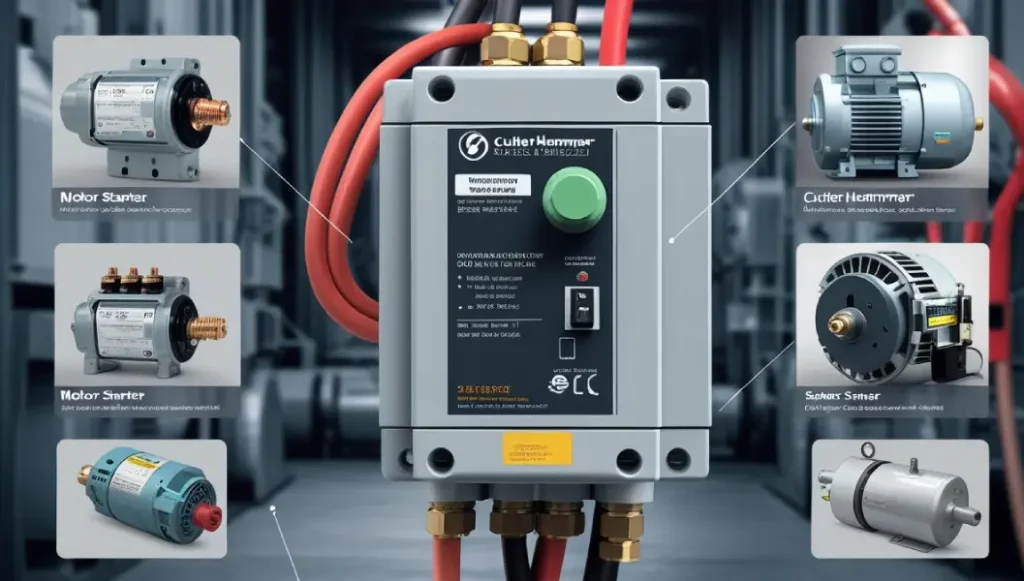
Designed specifically for three-phase motors, these starters can handle higher power loads. They are essential for applications where robust performance is needed, such as in manufacturing plants or heavy-duty industrial settings.
Learn more about the benefits and wiring specifics in our 3 Phase Motor Starters article.
Motor Starters vs. Contactors
Understanding the difference between motor starters and contactors is key to selecting the right control device.
| Feature | Motor Starters | Contactors |
| Function | Start, stop, and protect motors | Simply switch the motor on/off |
| Protection | Includes overload protection | Does not include overload protection by itself |
| Control | Manual or automatic control available | Mainly controlled via external circuits |
| Application | Industrial and commercial motor control | Used in high-power circuits not needing overload protection |
For a detailed breakdown, visit our Motor Starters and Contactors comparison page.
How to Choose the Right Motor Starter
When choosing a motor starter, consider these important factors:
Motor Size
Determine the horsepower (HP) or kilowatt (kW) rating of your motor. The starter must support the motor’s electrical requirements.
Voltage Rating
Check the voltage needed for your motor’s safe operation. Starters are available for a wide range of voltages from low to high power.
Load Type
Identify the application (e.g., HVAC, pump, conveyor). Different loads may require various starting methods—some may require gentle starts while others need robust control.
Application Environment
Consider whether the motor operates indoors, outdoors, or in hazardous conditions. In outdoor or industrial settings, look for starters with NEMA-rated enclosures that provide extra protection.
Top Brands in the Market
Several well-known brands manufacture high-quality motor starters. Here are a few trusted names:
Square D Motor Starters
Square D products are known for their reliability and ease of installation. Many professionals prefer Square D motor starters for their durability, especially in challenging environments.
Cutler Hammer Motor Starters
Cutler Hammer motor starters are renowned for their robust performance in industrial applications. They are a favorite among engineers and technicians for their proven track record.
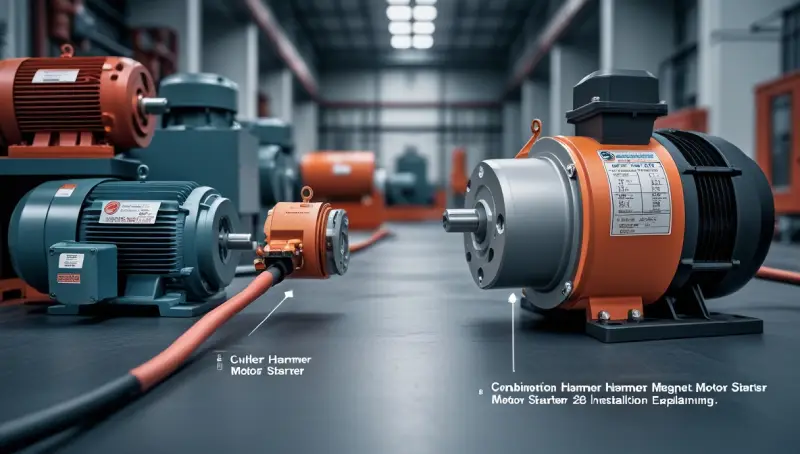
Allen-Bradley Motor Starters
Another popular brand, Allen-Bradley, offers motor starters with advanced features and quality assurance, making them a preferred choice in many automated and industrial systems.
- Visit our detailed review on Square D Motor Starters for more brand-specific information.
- For industrial and robust applications, check out our guide on Cutler Hammer Motor Starters.
Wiring & Installation Basics
A key aspect of motor starter installation is proper wiring. Here are some essential wiring and installation tips:
Basic Wiring Components
- Line Terminals: For the incoming power supply.
- Load Terminals: To connect the motor.
- Control Terminals: For switches or remote control systems.
- Overload Protection: Often integrated within the starter to protect the motor.
Installation Tips
- Always follow manufacturer instructions and local electrical codes.
- Use proper tools and wear safety gear.
- If you’re not experienced, it’s best to hire a certified electrician to handle the installation.
- Diagrams: Including a wiring diagram can greatly simplify the installation process. Visual aids help you understand where each wire should be connected.
Where to Buy Motor Starters
Knowing where to buy genuine motor starters can save time and prevent issues with compatibility or warranty. Here are some common purchasing options:
Online Marketplaces
- Amazon: A large selection with user reviews.
- Grainger: Offers professional-grade components.
Local Distributors
- Electrical supply stores often have trained staff who can help you choose the right product.
- Authorized distributors for brands like Square D, Cutler Hammer, and Allen-Bradley provide support and product authenticity.
E-commerce Stores
Many companies offer direct purchase options through their websites, often with additional documentation, guides, and customer support.
For troubleshooting and more buying tips, check our dedicated Electric Motor Starters guide.
Real-World Use Cases
Motor starters are found in a variety of settings. Here are some practical examples:
DIY Projects
Many DIY enthusiasts use motor starters for home automation projects, such as building a custom air conditioning system or powering small workshop tools.
Industrial Automation
In large factories, motor starters are critical. They ensure that motors in assembly lines, conveyors, and processing machines start safely and run efficiently.
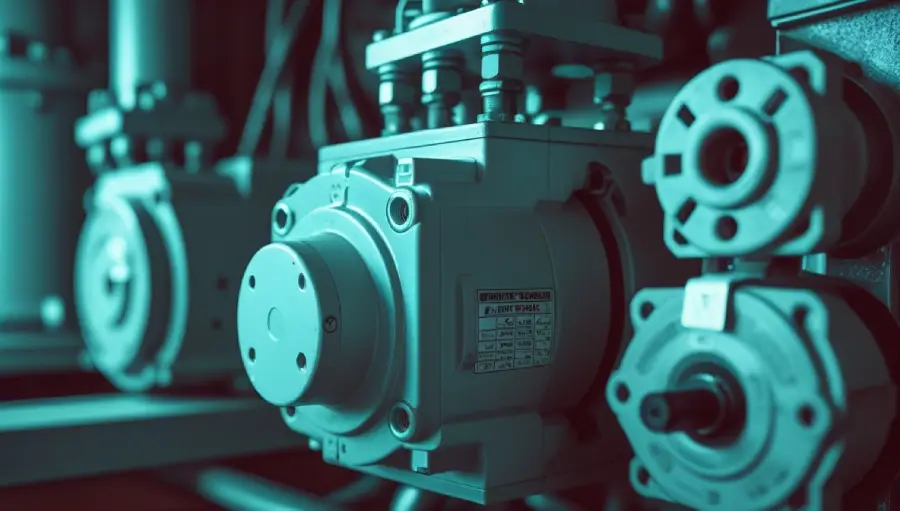
Agriculture & Irrigation
Farmers use motor to control pumps for irrigation systems, ensuring crops receive the right amount of water at safe operating levels.
Commercial Installations
In commercial buildings, HVAC systems rely heavily on motor starters to manage air conditioning units and ventilation systems safely.
Frequently Asked Questions (FAQs)
Here are some easy-to-understand questions and answers that address common concerns about motor starters:
A motor starter not only switches the motor on and off but also includes built-in overload protection to prevent damage from high current. A contactor, on the other hand, primarily switches the motor without providing full overload protection.
No, not all motor starters are designed for 3-phase motors. You need a starter specifically rated for 3-phase operation, especially if your motor’s power requirements are high. Check the voltage and phase ratings before making a purchase.
Always follow the manufacturer’s wiring diagram. Use the correct tools, and if possible, consult or hire a certified electrician. Make sure all connections are secure, and don’t forget to use proper safety gear.
Yes, overload protection is crucial as it protects your motor from damage by controlling the high current drawn during startup. It can save your motor from burnout and extend its lifespan.
Motor starters can be bought from reputable online marketplaces such as Amazon or Grainger, as well as through local electrical supply stores. Always ensure you are purchasing from an authorized distributor to avoid counterfeits.
Conclusion
Motor starters are essential components that make motor control safe and efficient, whether in industrial plants, commercial buildings, or DIY projects. From understanding the simple definition and types to comparing key brands like Square D, Cutler Hammer, and Allen-Bradley, this guide has covered everything you need to know. With clear wiring basics, a buying guide, and real-world examples, you’re now better prepared to choose and install the right motor starter for your needs.
Motor starters are critical in controlling motor operation alongside VFDs to ensure smooth startup and protection.
Article by Uhuud.com – Empowering Your Automation Journey One Step at a Time.
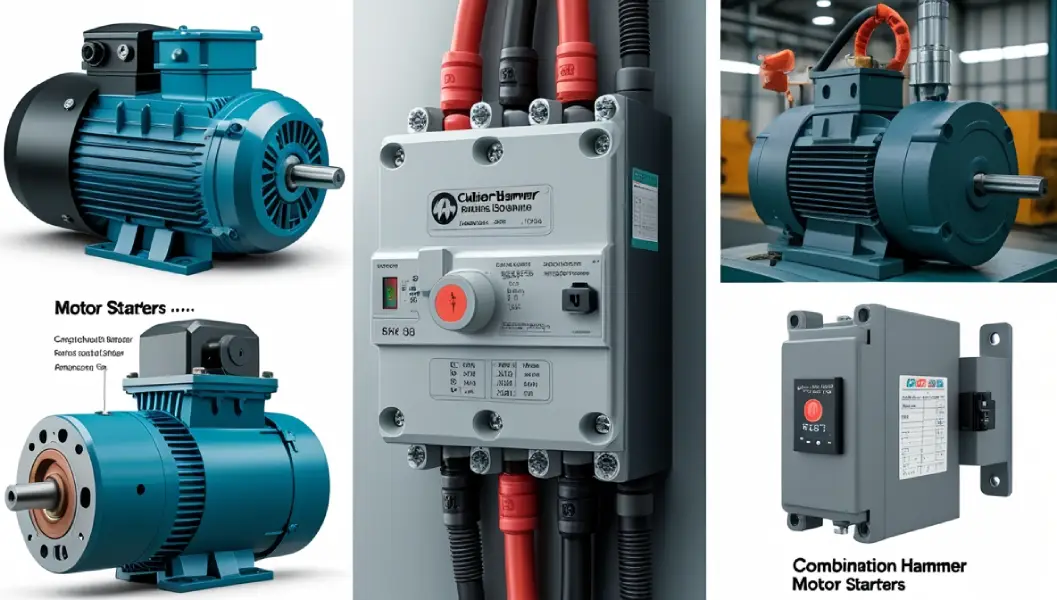

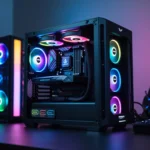
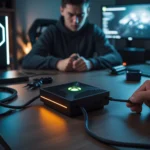
2 thoughts on “Motor Starters Explained: Definition, Types & Why They Matter”